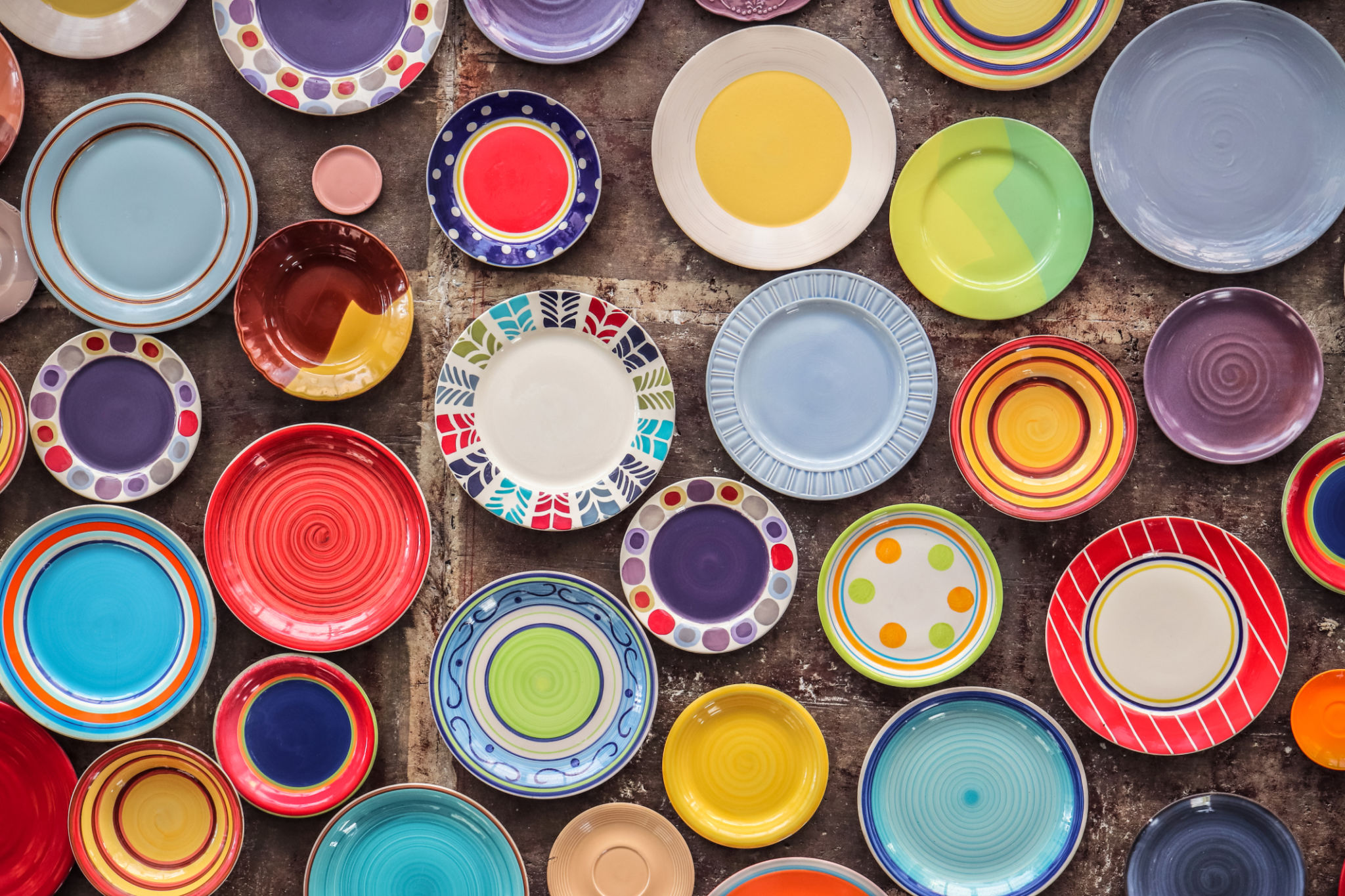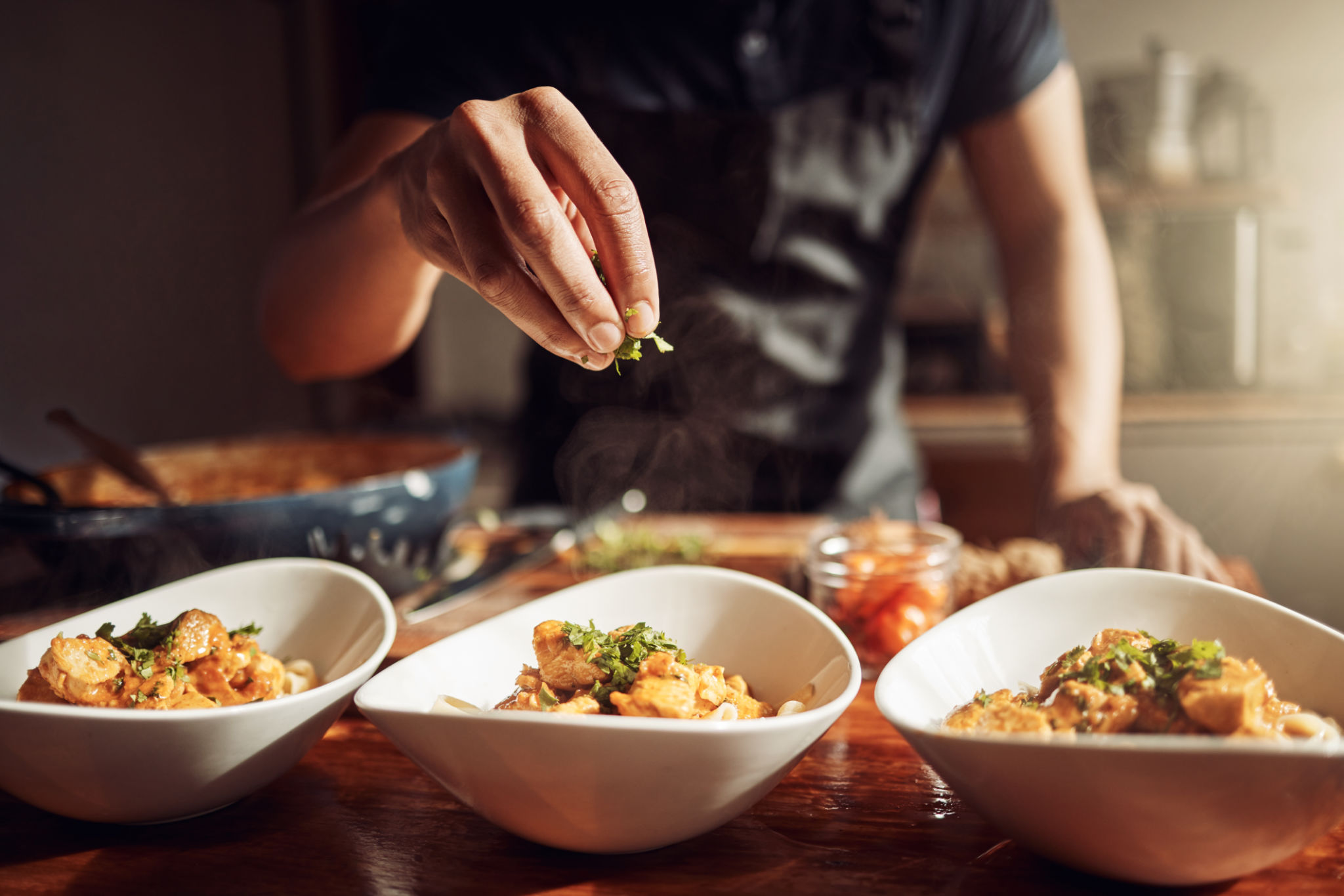The Art of Food Presentation: Impress Your Guests with Visual Feast
The Importance of Food Presentation
Food presentation is not just about making your dishes look attractive; it's an essential part of the dining experience. A well-presented meal can elevate the dining experience, making it more enjoyable and memorable for your guests. The art of food presentation involves skill, creativity, and attention to detail, transforming a simple meal into a visual feast.
When you take the time to present your food beautifully, it shows your guests that you care about their dining experience. The first impression is often visual, and a stunning presentation can set the tone for the entire meal. Whether you're hosting a dinner party or simply preparing a meal for your family, mastering the art of food presentation can help you impress your guests.

Understanding the Basics
Before diving into advanced techniques, it's crucial to understand the basics of food presentation. Start by choosing the right plate. The size, shape, and color of your plate can significantly impact how your food is perceived. A larger plate can create a sense of elegance, while a colorful plate can add vibrancy to your dish.
Next, consider the placement of your food. Balance is key; you want to distribute elements evenly across the plate without overcrowding. Aim for a focal point, such as a beautifully cooked piece of protein or an artfully arranged vegetable stack, to draw the eye.
Using Color and Contrast
Color and contrast are powerful tools in food presentation. Bright colors can stimulate appetite and enhance the visual appeal of your dish. Use a variety of colors to create contrast and interest. For example, pair green vegetables with red or orange ingredients to make each component pop.
Additionally, think about textures and how they can add depth to your presentation. A mix of textures—crunchy, smooth, and creamy—can make your dish more appealing and inviting.

Playing with Height and Layers
Adding height and layers to your dish can create a sense of drama and sophistication. Consider stacking ingredients or using vertical elements like tall vegetables or decorative garnishes to add height. This technique can make your dish appear more dynamic and engaging.
Layering different components not only adds visual interest but also allows for complex flavors in each bite. Think about how you can arrange elements like sauces, proteins, and sides to create an enticing experience for your guests.
The Role of Garnishes
Garnishes are more than just decorative elements; they can enhance the flavor and texture of your dish. Choose garnishes that complement the main ingredients. Fresh herbs, edible flowers, or citrus zest can add a burst of flavor and color to your presentation.
Be mindful not to overdo it with garnishes. The goal is to enhance the dish without overwhelming it. A few well-placed garnishes can make all the difference in elevating your presentation.

Embracing Creativity
The art of food presentation is a personal expression of creativity. Don't be afraid to experiment with different styles and techniques. Whether you're inspired by art, nature, or architecture, let your imagination guide you in creating unique presentations that reflect your personality.
Remember that practice makes perfect. The more you experiment with food presentation, the more confident you'll become in your abilities. Over time, you'll develop your own style that will leave a lasting impression on your guests.